The wisdom of the Fujian people 丨 Longmen half in Minchuan
Author:Straits Herald Time:2022.09.02
On September 1st, we will tell the story of Fujian people to develop stories.
one
There are proverbs in ancient times: Half of Longmen in Minchuan. It is used to describe the number of Fujian academic fighters.
It is no exaggeration to say that Fujian tea is well -known in the country, and the name of the ancient Fujian Xueba is loud.
In the second year of Tang Shenlong (706), the Wen Ling of Ningde Fu'an broke the wasteland of the Ba Min and became "the first priest of Kaimin."
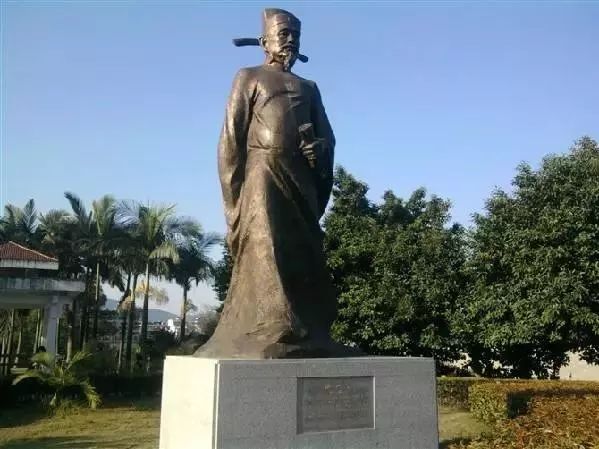
Xue Lingzhi image source: Fujian finance
Since him, the Fujian people have become the "slaughter list" level in the imperial examination era.
During the Song Dynasty, 6713 Jinshi, Fujian Province, ranked first in the country.
During the Ming Dynasty, there were 2116 Jinshi in Fujian Province, and the average number of scholars per million people ranked first in the country.
During the Qing Dynasty, there were 1399 Jinshi in Fujian Province, and the average number of scholars per million people ranked first in the country.

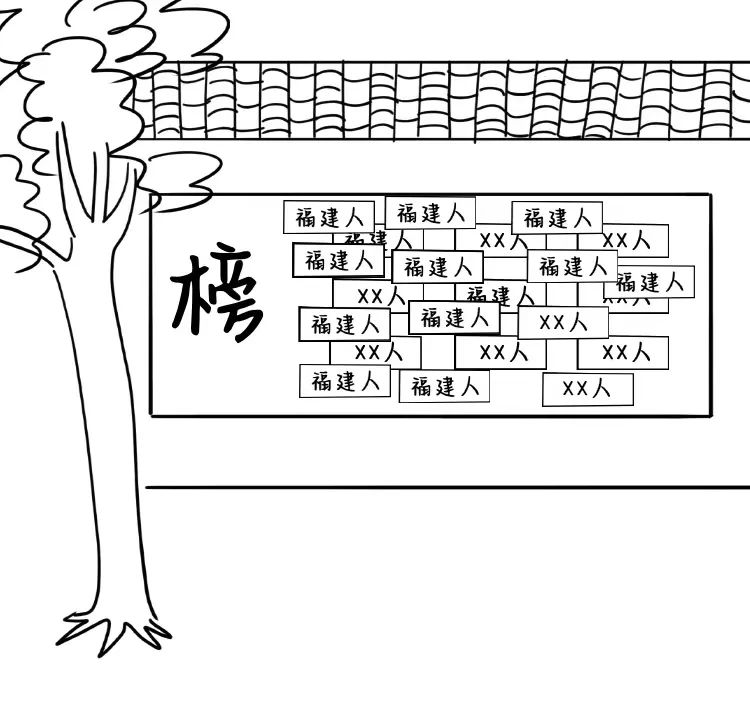
Not only do you learn more, but the gold content is also very high. 118 scientific examinations were held in the Song Dynasty, and Fujian accounted for 19 among the 113 champions of her own.
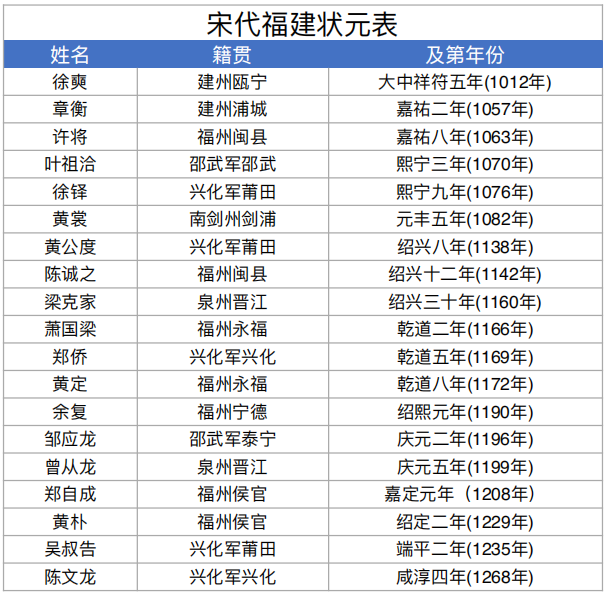
In the eight years of Shaoxing, the champion, the list, and the explore flowers are all from Fujian.
Champion
Huanggong Du Xinghua Army Putian County
Seductive
Chen Junqing Xinghua Army Putian County
Explore flowers
Chen Xiu Fuzhou Fuzhou Minxian County
The scientific test of the school bully has been passed down to this day, and people are deeply remembered.
In the two years to eight years (1166-1172), the Fuzhou Fuyong Fu (now Yongtai) County, as a remote town, had three champions in just seven years-Xiao Guoliang, Zheng Qiao, and Huang Ding.

The Jingxing Academy founded during the Yongfu Qianlong period, the "three champions" standing at the door were to commemorate the story of the three champions of Baili Seven -year. Picture source: Damei Yongtai
Linpu Township, Fuzhou County, Fuzhou Prefecture, 19th year (1421) in Yongle in Ming Dynasty to the forty -first year of Jiajing (1562). The imperial examination event.

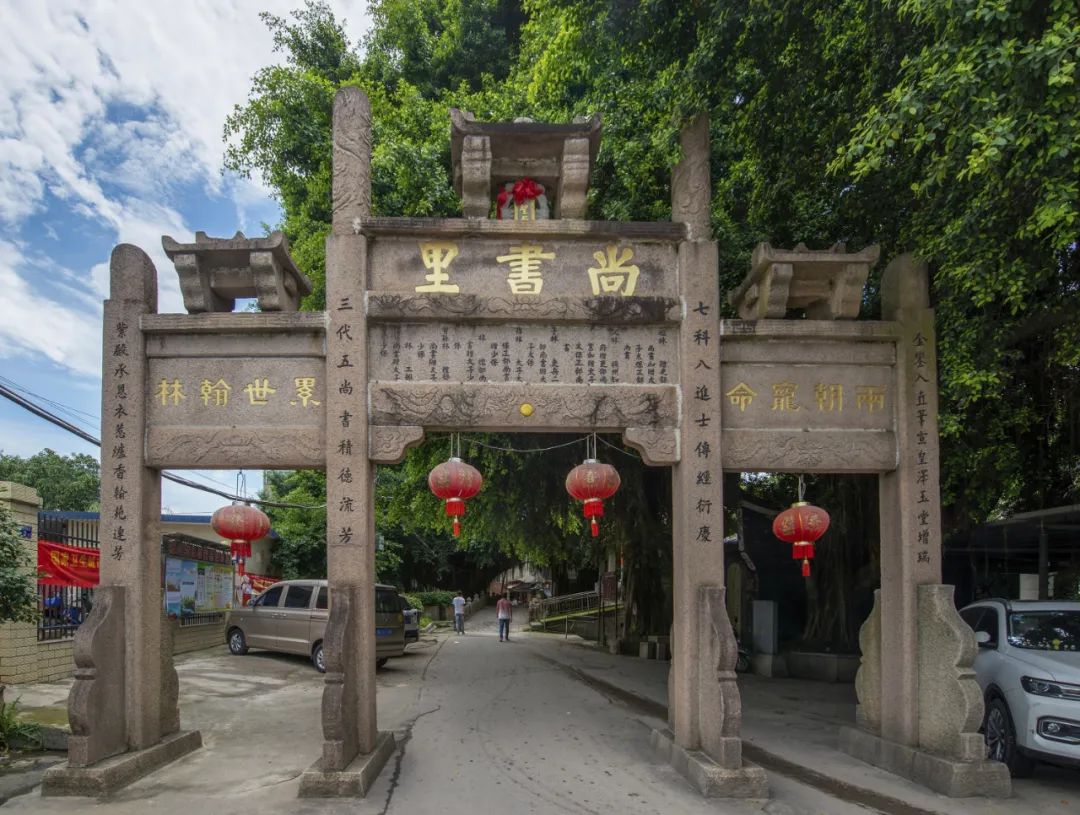
In the head of Linpu Village, there is an emperor's construction, which is still prominent, and so far, the "Shangshu" stone archway, which records the glory of the Ming Dynasty Lin Yuanmei and its descendants "Three Generations and Five Shang Shu" and "Seven Sciences and Eight Jinshi".
The Chen family of the Chen family in the Wenru Fang of Sanfang Qixiang, Fuzhou City, has become a miracle in the history of the Fujian science examination in the Qing Dynasty.
Chen Chengqiu's six sons all Dengke and No.:
The eldest son Chen Baochen is a seven -year jinshi for Tongzhi
The second son Chen Baozheng and Chen Baolu are all scholars in the 16th year of Guangxu
Four Son Chen Baoqi Guangxu in the first year of Guangxu Relief
Sixth son Chen Baozheng Guangxu Nineteen years raised people
Seven sons Chen Baozheng Guangxu 20 years raised people

The eldest son Chen Baochen is well known as the last emperor.
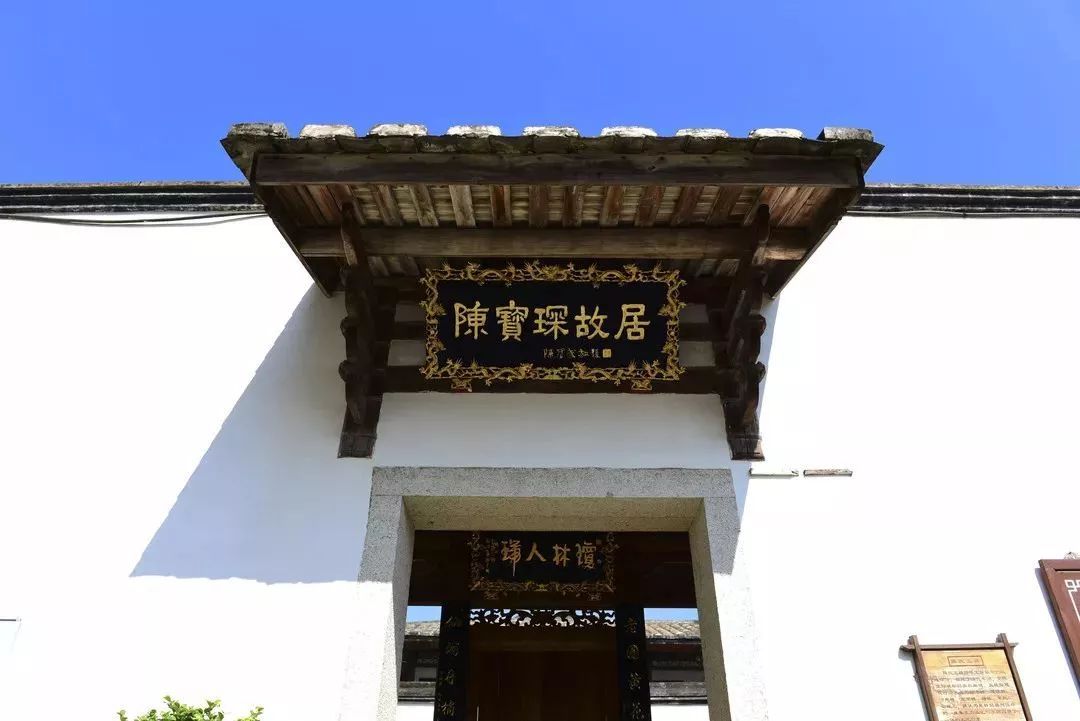
Chen Baochen's former residence outer door source: meet Fuzhou
two
Fujian people are too good at reading, which directly shocked the official.
In the eight years of Shaoxing in the Southern Song Dynasty (1138), Song Gaozong noticed that the Fujian people took the champion to explore the flowers, and they were stunned directly. If they were holding them, they asked: Do you know how to read this?
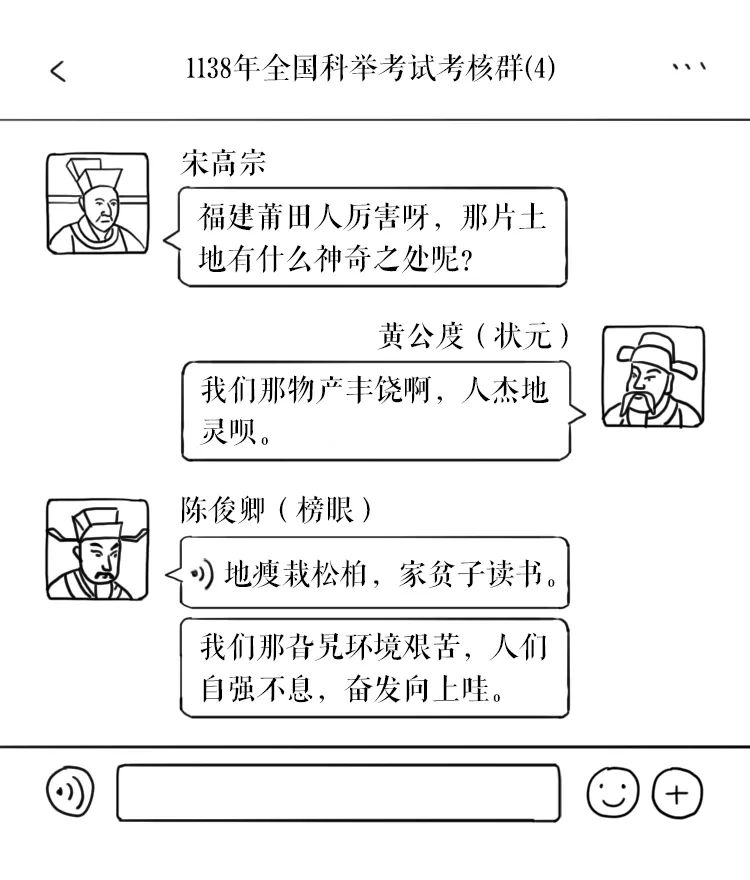
A good "thin ground planting pine and paddy and poor son to read".
This classic answer shows the wisdom of the Fujian people, sounds the court, and pass through the world.
Fujian landforms in Ba Mountain, one point.
In order to survive and develop, for thousands of years, people have formed an optimistic, aggressive, positive characteristic.

Picture source: Xinhua News Agency
In the era of "all kinds of grades, only reading high", Fujian people naturally strived to improve their studies, respect teachers and teach, and religiously learned.
As early as 1,000 years ago, Fujian people had compulsory education.
After the Wang Chao of the Tang Dynasty learned that his brothers entered Fujian, they took the responsibility of developing Confucianism. After serving as the Fujian Observation (894), the first thing Wang Chao did in Fuzhou was to do four -door righteousness, the earliest "compulsory education" in Chinese history.

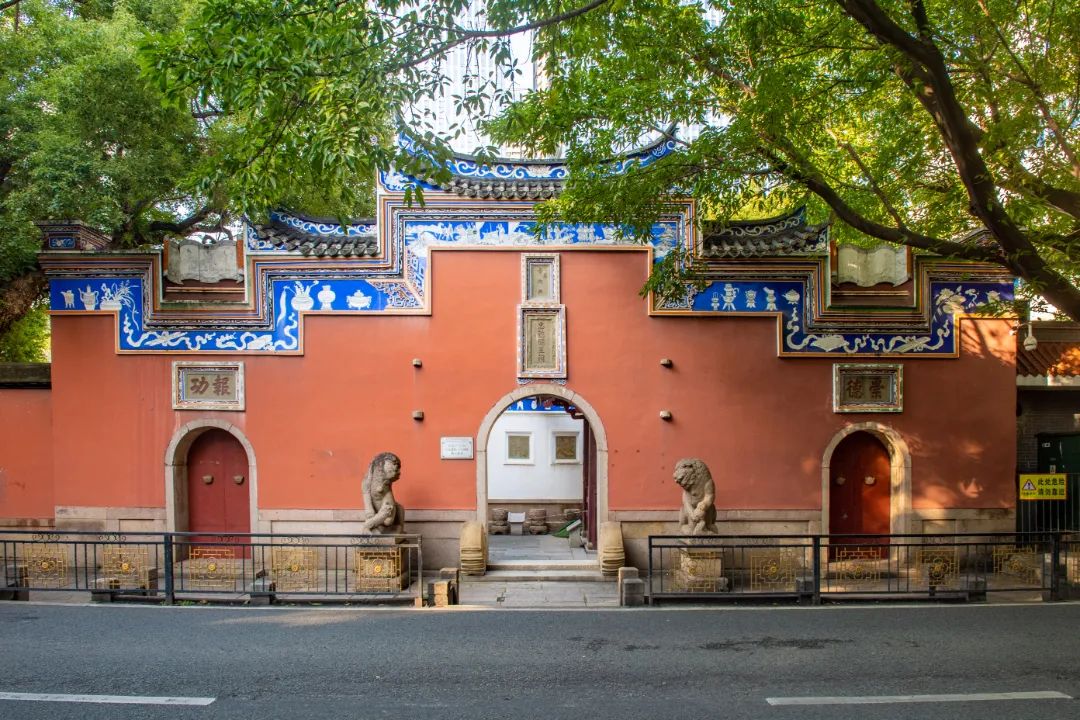
The Fujian King Temple located on Qingcheng Road, Gulou District, Fuzhou City
At the end of the Tang Dynasty, the national economic center moved south. In the Five Dynasties, Fujian became the economic center of the economy, which contributed to the prosperity of Fujian culture, and education obtained better development conditions and space.
After the three promotion campaigns during the Song Chongning years, 100 % of the Fujian government, state, military, and county have set up schools, which are extremely rare in the country.
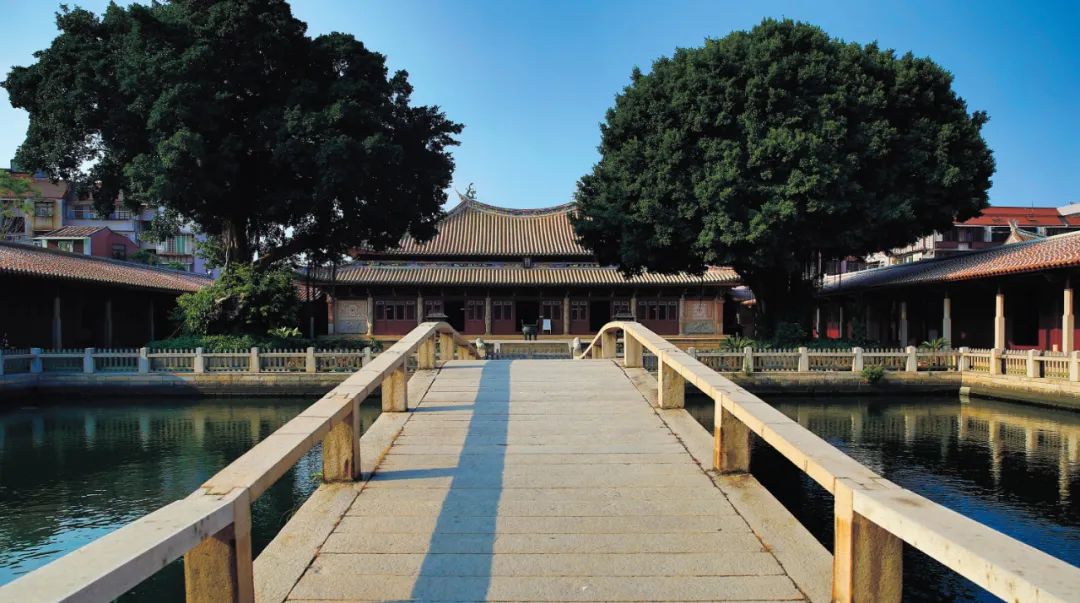
"Quanzhou: The World Ocean Business Center in Song and Yuan China" representative of the Quanzhou Fuwen Temple, one of the representative monuments, is the largest cultural temple building in Southeast China. Chen Xiaodong/Photo
Not only is government popularization, Fujian people also like to run academies. Among them, they have tragedy, received their careers, and solved confusion, and have trained a large number of outstanding students.
During the Song Dynasty, the Fujian Academy reached 66, and the establishment of 170 academies in Fujian in the Ming Dynasty. There were more than 470 colleges in Fujian in the Qing Dynasty.

Zhu Xi founded Wuyi Jingshe in 1183. Here is 8 years of lectures. The revision has been revised and puts for the "Four Books and Sentences Collection", marking the maturity of the science system of Zhu Zi culture. Lin Xi/Photo
The completeness of education infrastructure, the devotion of a generation of literati, has promoted the vigorous development of Fujian's education, and also made the people's heavy learning very strong.
Lu Zuqian, a famous thinker in the Southern Song Dynasty, came to Fuzhou at the age of 18 to study. The strong study of the local study and learning style made him shock. His verse, "Lu Feng, ten guests and nine greens, half the old brothers of the same robe. The most memorable city bridge is light and quiet, and the sound of reading from the south of the lane."
On the road, there were nine scholars who encountered ten guests, and most of them were classmates or brothers. Standing on the street at night, there was a sound of reading in the north of the lane.
Ye Zuqiang, a Fujian native of the first year of Song Xining (1070), also recorded: "Those who do not talk about poetry and laugh." This means that if you do n’t like to study and study, even people with low status will laugh at you!

Don't scold, don't scold, I will study.
Three
The culture of culture and education is prosperous, and the style of learning is strong, and the Fujian people have picked up the religion of respecting teachers on their heads. So at the beginning of school, it was full of ritual.
Taking the private school as an example, on the first day of the school, the teacher will lead the school children to salute the first teacher, and then salute the teacher according to the age, see the master, and then the students should do each other.
Parents will also prepare for school children--
After that, Meng Mu wanted to give a one -button three consecutive.
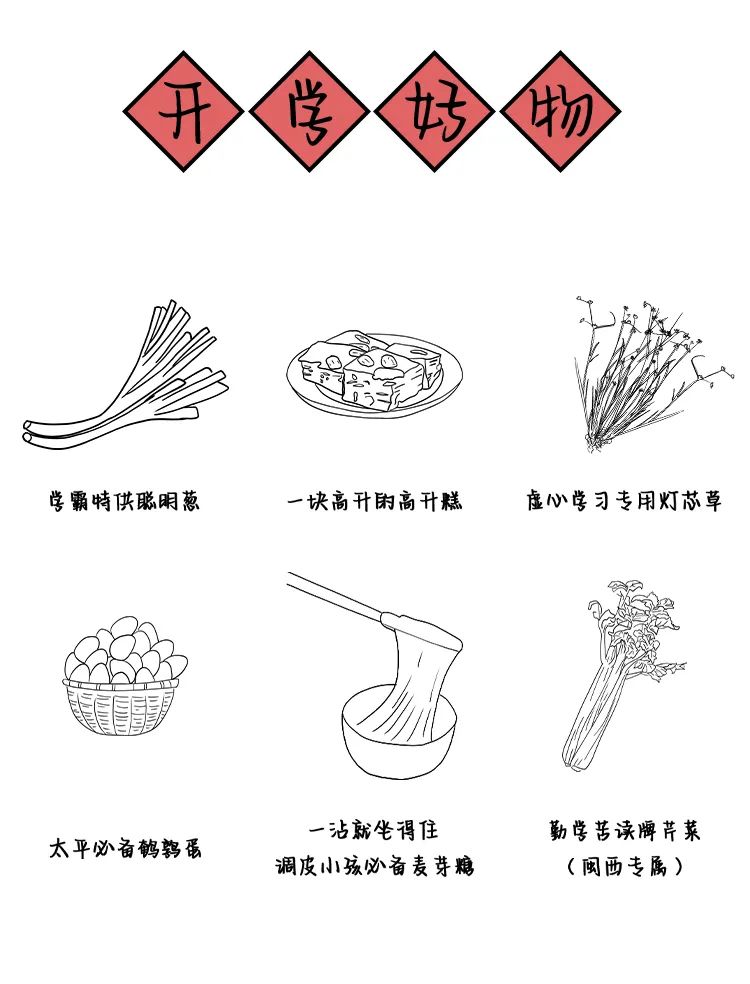
The studio equipment of the ancient Fujian students was also cool to make the world's envious.
—— Take the most important book as an example.
In the Song Dynasty, the Book Bag in Fujian was one of the main products of Quanzhou Port used to exchange ginseng and cloth with Silla (now North Korea).
It's really "own golden house in the book"!
During the Southern Song Dynasty, the Jianyang Misha, Fujian, was one of the three major printing centers in the country and was known as the "Mansion of Books". The printed books are named with Zhejiang and Shu Ben.
The source of the "All -phase Wu Wang Faun" in the Jian'an Yu of the Yuan Dynasty: China Discipline Inspection and Supervision News
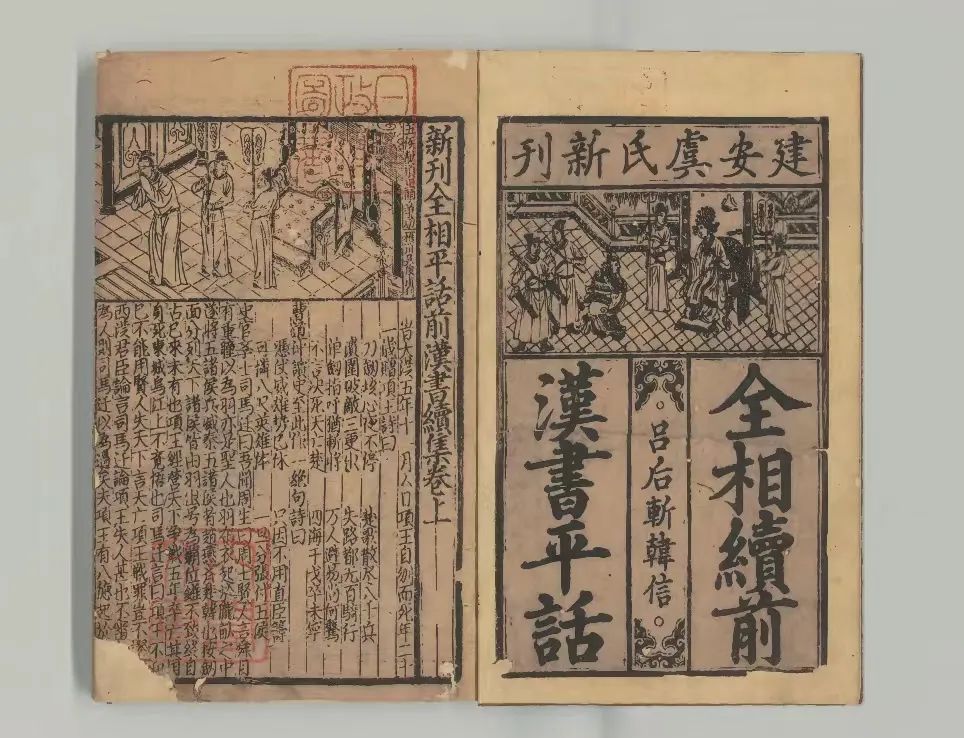
——The most important utensils for reading and writing are paper.
Fujian's jade buckle paper is very famous. I have received such a evaluation: "Everyone made bamboo paper, which happened to the south, and the Fujian province was unique." It's!
Song Yingxing exaggerated in Fujian jade buckle paper. Ninghua and Changting were rich in jade buckle. Just look at the name of the paper, you know that it is not called by ordinary paper products. It can be regarded as "jade", and the paper is naturally very white and smooth, smooth and flexible.
Picture source: Cultural Tourism Longyan
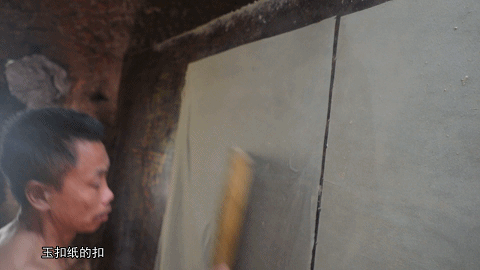
—— Have you seen the brush of value Liancheng?
There is Anxi, Fujian. Since the Jiajing period of the Ming Dynasty, Anxi Lantian is the famous "native of writing brushes".
The white high -quality goose hair is the most soft and well -proportioned, forward and slender, showing a transparent jade white, and the top of the hair should count the hair on the tip of the weasel tail. The cloud flows water, so that the "wolf" value made by this hair alone is valuable.
Picture source: Youxi County Radio and Television Station

——The Shi in Fujian also endorsed by celebrities.
Da Wenhao Su Dongpo has a high evaluation of Fujian Jianzhou, and once said, "It is beautiful ... but it is only Yi Mo."
The exquisite ink of Le Longchi is not hurt. Yang Shi, the actor and famous scientist of the idiom "Cheng Men Lixue", the most favorite is the hometown.
Longchi 源 图: Focus on Sanming
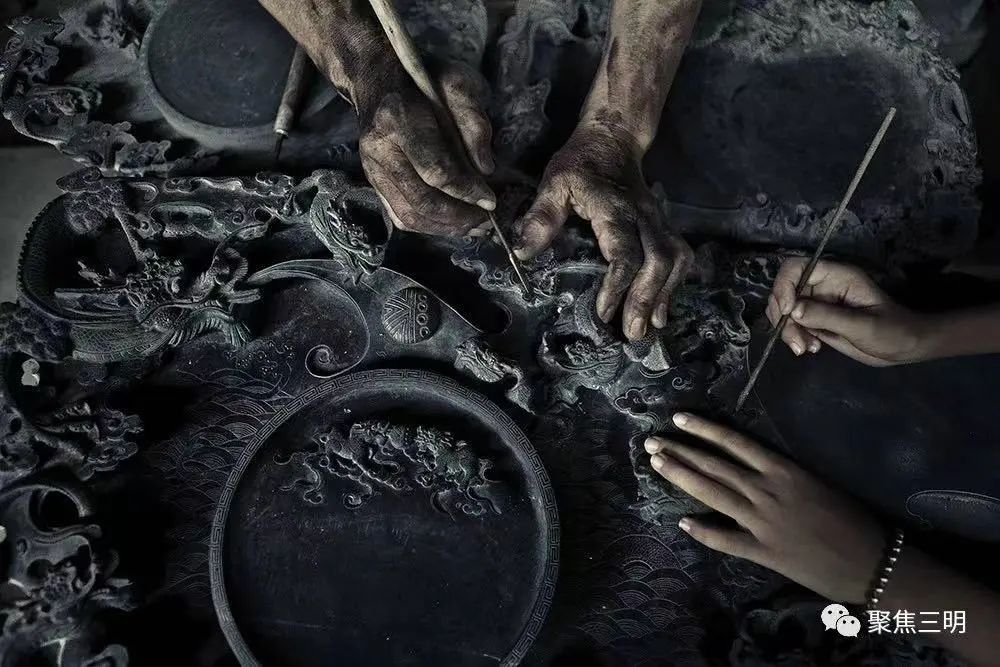
——Fujian students are the happiest that they can also use the fifth treasure of the tribute -level studio -Zhangzhou Babao Yinnu.
The Eight Treasure Seal was created during the Kangxi reign of the Qing Dynasty. The color is red, bright and eye -catching, rainy and mildew, clear seal, and never fading. It is one of the three major printed mud treasures in China.
Zhangzhou Babao Yin Mu Source: Min Sheng Media
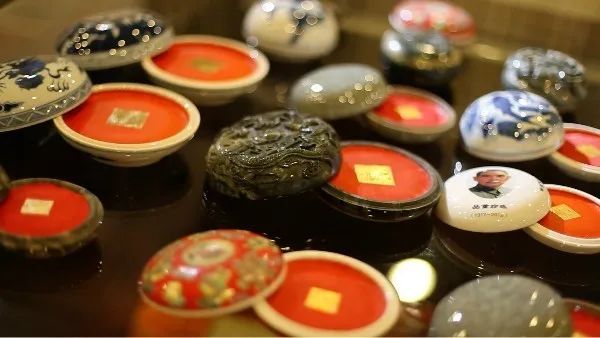
In the prosperity of culture and education, there are many outstanding characters in Fujian, and therefore have emerged in Fujian. They have made important contributions in the fields of literature, history, science, art, and calligraphy.
Cai Xiang, a famous politician calligrapher Cai Xiang
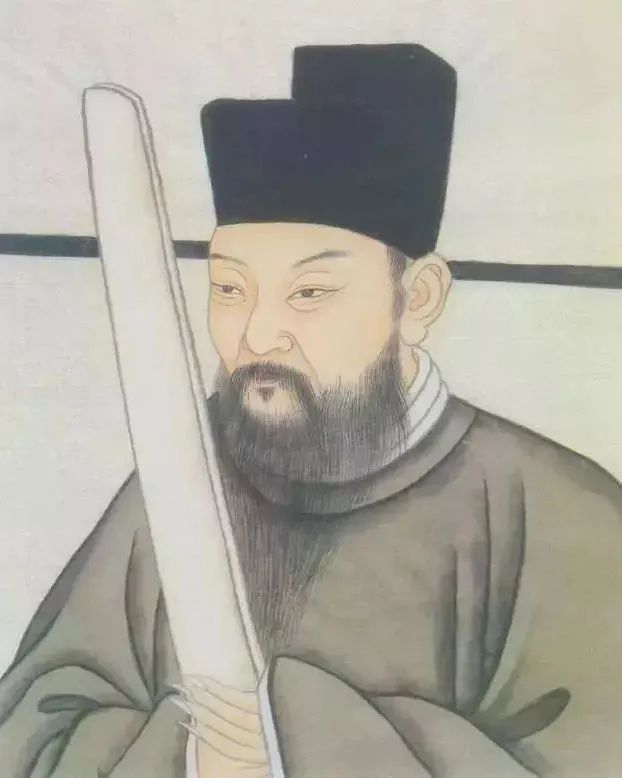
Military weapon family Zeng Gongliang
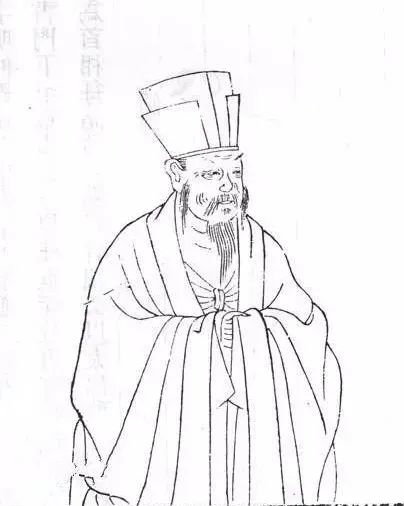
Astronomer Su Song

Mr. Zhu Xi, everyone
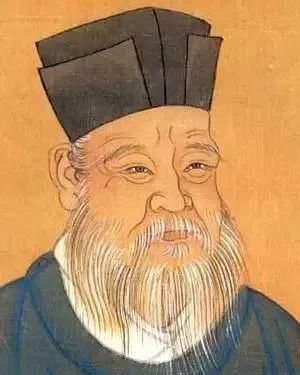
Song Ci Song Ci

National Hero Lin Zexu

(Swipe left and right to view more)
On the start of the school day, the ancestors also urged and encouraged us to learn and aggressive the spirit of learning and aggressiveness. We must take learning as a ladder for growth and progress, practice as a way to improve their skills, and "adhere to learning, learning, and study."
I wish all students in Guangda a successful study and a happy learning!
References:
"History of Fujian Education" Liu Haifeng Zhuang Mingshui Fujian Education Press
"History of Mindu Education" Xue Jing Weng Weizhi Peking University Press
"Research on Fujian Government, State, and County Studies in the Ming Dynasty" Xu Yingying
"Research on the Research of the Ancient College of Fujian" Chen Mingli
"Geographical Distribution of Fujian Talent in the Song Dynasty" Liu Xitao
Source: Editorial Department of "Fujian Wisdom"
- END -
Old traffic staff Chen Qingjin: Recalling the red spirit of the revolution in Nanxi
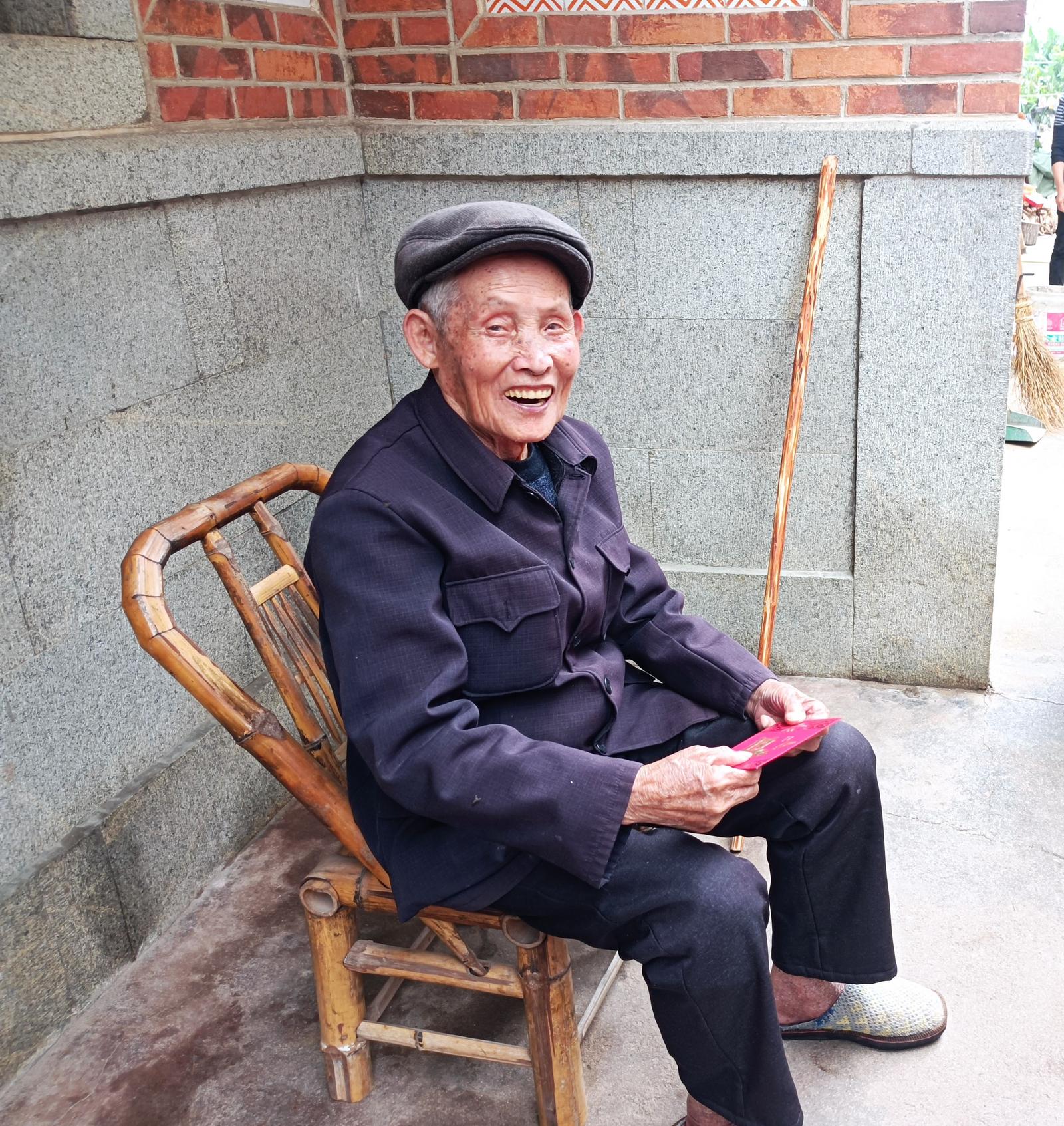
Recently, the volunteers of the Putian College Time Team went to Nanxi Village, Re...
Selection of the second "Bird's Percent Vision" National Aerospace Contest (33)

With the popularity of drones, more and more photographers are involved in the fie...